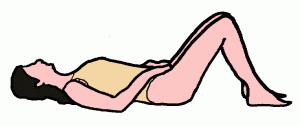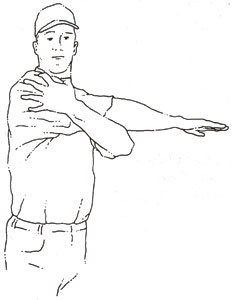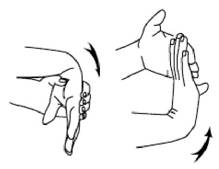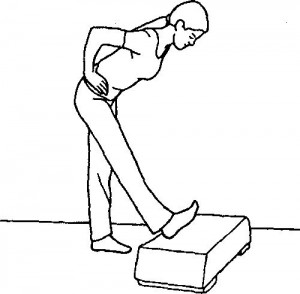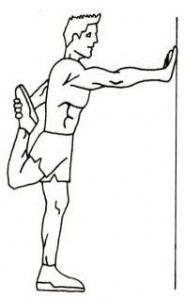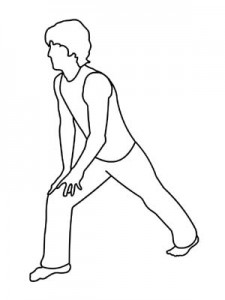Once I finish physical therapy, will I have to continue doing my home exercise program forever?
Once you are discharged from physical therapy, the therapist will provide you with a progressive home exercise program to maintain the gains you have achieved during treatment. Compared to the exercise program you receive while in treatment, it will not be as frequent, nor will it consist of as many exercises. You will not have to do these exercises for a lifetime; however, if your symptoms return, you always have the exercises to get back on track.

